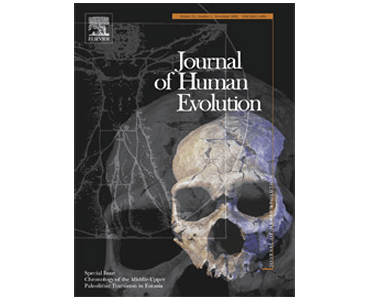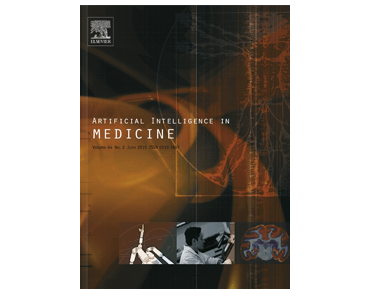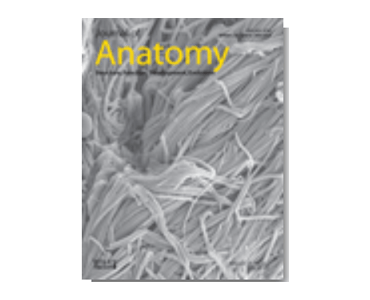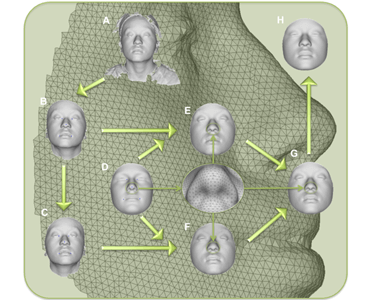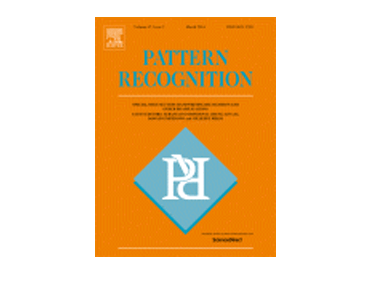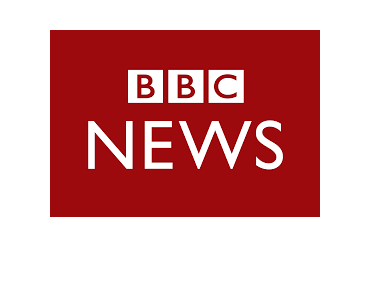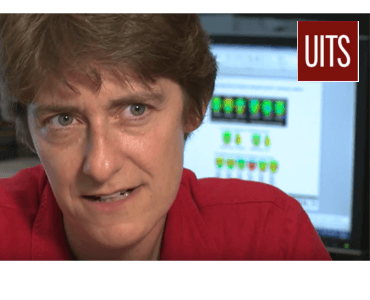Variation and signatures of selection on the human face. J Guo, J Tan, Y Yang, H Zhou, S Hu, A Hashan, N Bahaxar, S Xu, TD Weaver, L Jin, M Stoneking, K Tang.
Date: October 2014 Source: Journal of Human Evolution. Volume 75, pp 143–152. Abstract: There has been much debate about why humans throughout the world differ in facial form. Previous studies of human skull morphology found levels of among-population differentiation that were comparable to those of neutral genetic markers, suggesting that genetic drift (neutral processes) played…

